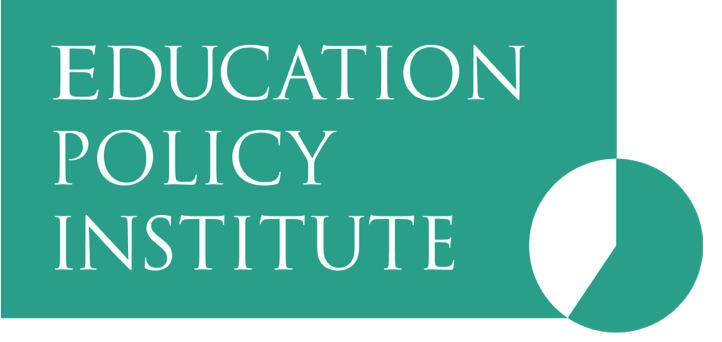The Education Policy Institute has published a major report, funded by the Nuffield Foundation, examining disadvantage gaps in England during 2021.
The “disadvantage gap” – the gap in grades between disadvantaged students and their peers – is a leading measure of social mobility in England and an indicator of the government’s progress in reducing inequalities in education.
Our research, analysing official results data, shows that in 2021 the key stage 4 disadvantage gap between poor children and the rest increased by the largest annual amount since comparable statistics have been available over the last decade. The report shows that much of the reduction in the disadvantage gap over the last decade has been reversed during the pandemic.
This increase in the disadvantage gap in 2021 occurred despite the use of teacher assessed grades, and is in contrast to the situation in 2020, where we found no increase in the key stage 4 disadvantage gap, when centre assessed grades were used. This might suggest either that results for poor children particularly suffered in 2021, because the full impact of school closures was being felt, or that different grading approaches identified more lost learning in 2021.

